Incogni vs. Privacy Bee comparison [2025 review & explanation]
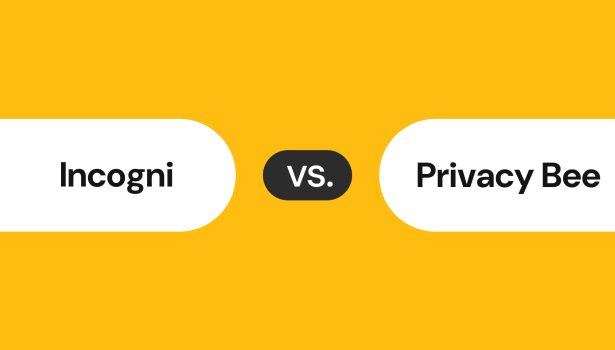
Choosing the right data removal service is crucial to preventing unauthorized access to your sensitive information and reducing the risks of identity theft, fraud, scams, and other threats. Picking the wrong one may lead to little improvement in your online privacy in the best case and even more exposure of personal details in the worst case, not to mention wasted money.
To choose the one that will remove your personal information effectively, we recommend evaluating data removal services based on the number and type of sites they cover, their scanning capabilities and removal processes, and how they report on the progress.
Incogni and Privacy Bee are two popular options, so we tested both data removal services to see how they stack up. Here’s our head-to-head comparison of Incogni vs. Privacy Bee to help you choose the best service to protect your online privacy.
Incogni overview
Incogni removes personal information from over 200 data broker websites, which mainly includes non-public brokers (sites that don’t have publicly available databases) and around 80 people-search sites.
The data privacy service scans people-search websites to check if they expose user data, but it can’t scan non-public data brokers. That means that for the majority of sites it covers, Incogni sends removal requests without being able to tell whether they even hold your data or verify that it’s been deleted.
A user-friendly dashboard makes it easy to track progress, and Incogni emails weekly data removal reports. However, the service doesn’t provide links or personal details found on broker sites, so you can’t see exactly which profiles they’re removing.
Privacy Bee overview
Privacy Bee states it can remove sensitive information from more than 885 data brokers but that number varies on different website pages, and our dashboard listed 588. The service primarily covers non-public data brokers and over 100 people-search websites.
Like Incogni, Privacy Bee scans people-search websites but can’t scan brokers that don’t have openly published databases. Nevertheless, the service automatically submits opt-out requests on users’ behalf to all the websites it covers.
Privacy Bee’s dashboard makes it easy to track removal progress and remaining exposures and includes links to some, but not all, user profiles found on data broker websites.
In addition to data brokers, the service can also remove users from marketing lists to help reduce spam emails, telemarketing calls, targeted advertising, and junk mail. Other privacy features include trust management, a browser extension, house blur, private search, and Gmail inbox scan.
Comparison of Incogni vs Privacy Bee
Scanning
Though both data removal services opt users out of people-search websites, numbers vary, with Incogni currently covering around 80 and Privacy Bee covering over 100. Both services scan the sites to check if users’ personal information is published.
Since people-search websites may share outdated or incorrect details, it’s important to look up every possible name variation, previous address, and phone number to find all of your exposed profiles. Incogni can scan for multiple surnames (but not first names) and allows you to add up to three phone numbers, email addresses, and physical addresses. Privacy Bee allows unlimited names, phone numbers, email addresses, and home addresses.
However, neither service can scan every website on its list. More specifically, neither service can scan data brokers that don’t have publicly available databases–which both Incogni and Privacy Bee primarily cover. Since the services can’t scan non-public data brokers, they can’t check whether these sites even hold users’ personal information. They also can’t check whether this information has really been removed since there’s no catalog to review. Notably, Privacy Bee lists such websites as “unscannable” in its dashboard and Incogni admits in its Help section that they don’t know if a data broker has your private data.

Removal process
As for people-search websites, both services remove the profiles they find. As for non-public brokers, both services simply send out automatic removal requests. Such requests generally require providing the exact details you want deleted to data brokers–they use it to locate you in their databases and suppress the correct records. However, sending sensitive information to websites without knowing if they even have it in the first place may result in exposing it to brokers that never did. And since there’s no openly available directory to check, you can’t know for sure that they haven’t enriched their database with new details.
Incogni starts working right away and sends multiple opt-out requests right from the start. Then it relies on data brokers to respond but doesn’t verify that those requests are honored.
Privacy Bee states it can send dozens of automated requests and up to three manual requests daily without specifying how many exactly they send or which ones are tackled automatically and which ones manually. After inquiring with their support team, we suppose that they handle most requests manually. Once opt-outs are honored, Privacy Bee marks them as “Closed” in its dashboard. However, this status could also mean that they exhausted all possible removal efforts or aren’t able to verify opt-outs and doesn’t guarantee the successful deletion of your information.

Both services might require you to click verification links sent by brokers to your email address to confirm requests.
Reporting
When it comes to transparency and reporting on removal progress, Incogni doesn’t provide links to data broker pages that expose your information, but its Detailed View makes it easy to see when requests were sent and completed, which websites have been tackled and which are in progress (along with the date they’ll send the next removal request).
Incogni also emails progress reports that summarize the number of requests completed, in progress, and sent.
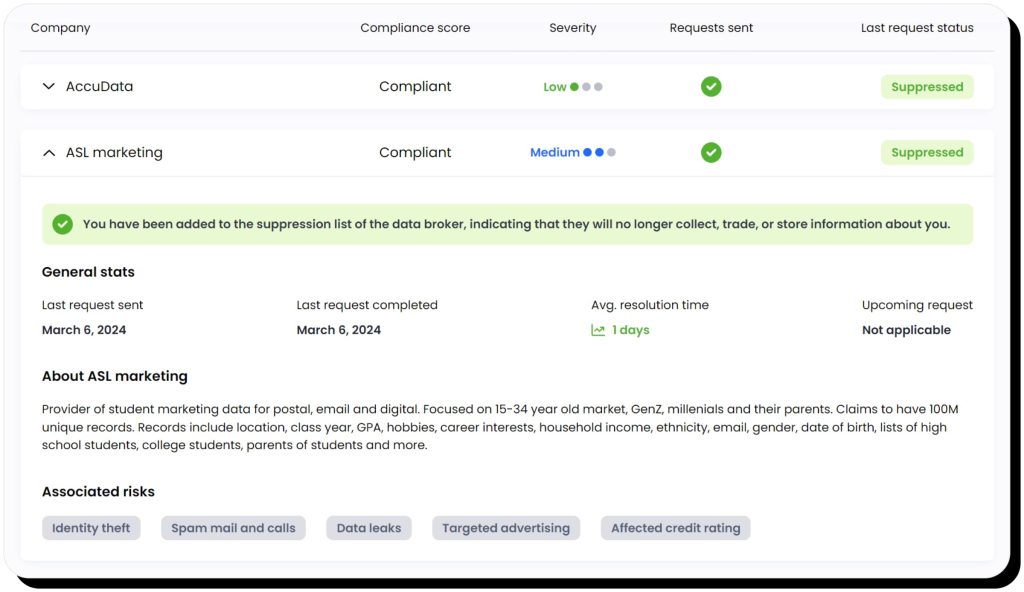
Privacy Bee offers a bit more visibility, as it links to people-search site pages that expose your information (though some links in our dashboard were faulty). You can view those links and the actions Privacy Bee has taken – such as when privacy requests were submitted – by clicking on company names in the Excruciating Detail tab.
The Excruciating Detail tab provides a summarized overview of each site, including dates for the last scan, last exposure, and last action taken as well as the next action and current removal status. However, the Excruciating Detail tab is only available on laptop and desktop computers, not mobile devices.
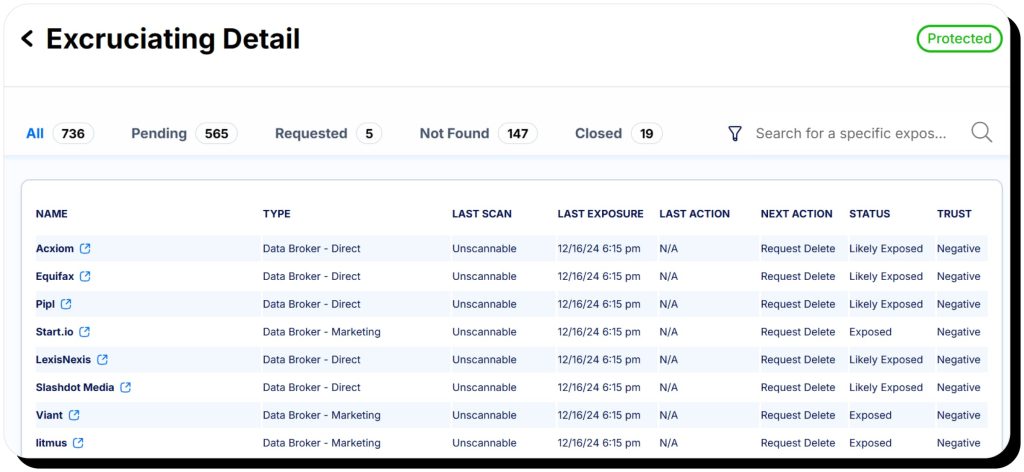
An Active Exposures tab lists sites that have your information, organized by name, contact info, and location. You can click on each exposure to open a pop-up that displays which sites publish this data, then choose whether the found profiles represent you or not.
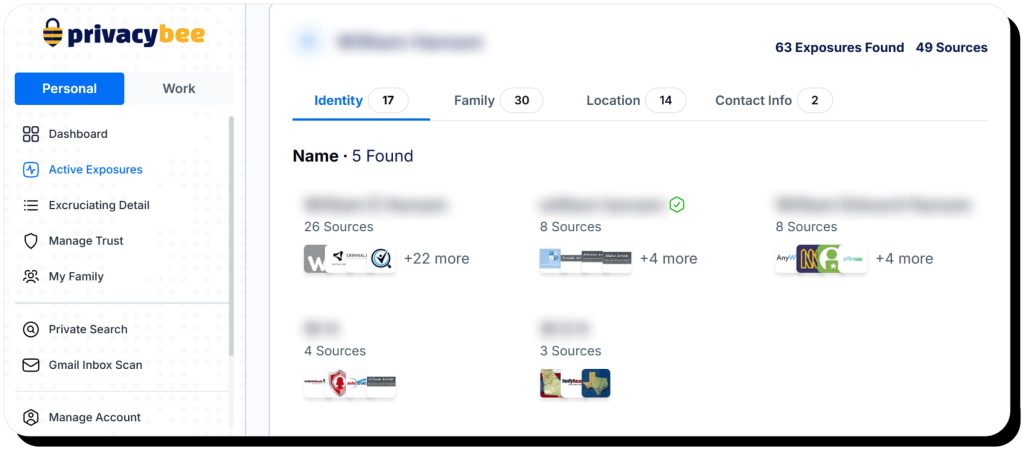
Data sharing
Data security is critical when it comes to handling private information, and Incogni and Privacy Bee both state they will not share customer data with third parties for reasons other than providing services. However, as mentioned above, both services send user information to non-public brokers without being able to check if it’s already out there or verify that it’s been removed. Doing so puts the very data you’re trying to protect at risk of being exposed to websites that never had it.
As for security measures, both services allow enabling multi-factor authentication and have detailed privacy policies, and Privacy Bee is SOC 2 certified.
Ease of use and customer support
We found both Incogni and Privacy Bee easy to use. Their dashboards are user-friendly, though we’d say Incogni’s is more intuitive while Privacy Bee’s is more comprehensive.
On the customer support front, Incogni offers a knowledge base, contact form, and email support but not phone or chat. We reached out to their customer support team and received a reply in about five hours.
Privacy Bee offers phone, email, chat, and social media support in addition to a knowledge base. We tried the chatbot, but it didn’t answer our questions, so we requested a human agent. After two days without a response, we tried the concierge service linked in our welcome email and received detailed answers in the chat a few hours later.
Additional features
Incogni focuses exclusively on data removal, so it doesn’t offer extra features like Privacy Bee’s trust management, browser extension with tracker blocking, house blur, Gmail inbox scan, and private search.
- Trust management: This unique Privacy Bee feature allows users to proactively manage trust relationships with over 147,000 organizations. Users can choose whether they trust or distrust each organization (in other words, choose which companies Privacy Bee sends opt-out requests to) plus select data handling preferences related to advertising, snail mail, email, texting, phone calls, and more.
- Browser extension: Available for Firefox, the Privacy Bee browser extension can block trackers and lets users choose whether to allow or block tracking cookies, set trust relationships, and view information such as company profiles and what percentage of users trust each company. The extension is connected to your account and allows you to manage trust without opening the dashboard.
- House blur: Sends a request to hide your house on Apple Maps and Google Street View.
- Private search: A built-in search engine that allows you to search online through Privacy Bee’s dashboard without being tracked.
- Gmail inbox scan: Tracks which companies routinely send you emails, then lets set trust preferences for those companies. It requires giving Privacy Bee access to your Gmail account.
- Dark web monitoring: Privacy Bee’s site states that they monitor your personal info in data leaks across the internet and dark web, but we didn’t find such a feature in our dashboard. Their customer support recommended using a third-party service.
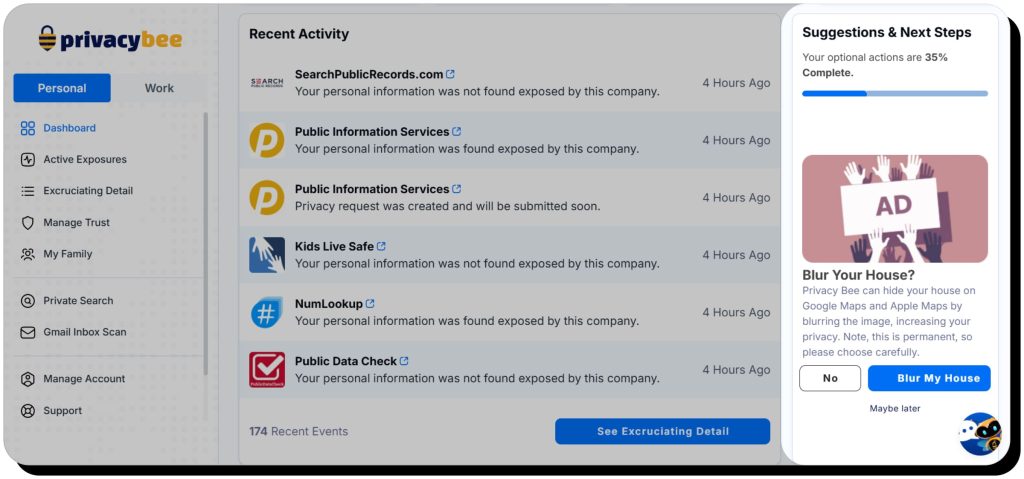
Though it’s not available yet, Incogni is currently working on enabling custom removal requests where users can submit specific links for opt-outs (including sites not covered by Incogni).
User reviews and testimonials
Incogni has a 4.4-star rating on Trustpilot with a mix of positive and negative reviews:
- “Incogni is easy to use. They do all the work and all you do is confirm that all your data needs to be removed from data brokers.” – Trustpilot review
- “They provide a monthly update of activity, and after one month I had been removed from 90 sites! My spam emails and texts are significantly less!” – Trustpilot review
- “The site requires you to reach out to customer service to cancel a subscription. I see this as predatory marketing and believe it to be completely unacceptable.” – Trustpilot review
- “They do not track whether the person or company they’re sending the request to has your information so essentially they’re just delivering your complete and verified personal information broadly across the Internet.” – Trustpilot review
Privacy Bee has a 3.4-star rating on Trustpilot, but with far fewer reviews than Incogni, and also has its share of supporters and detractors.
- “All of a sudden, my phone started blowing-up with SPAM calls, and I had no idea why… I signed up with their service, and removals started falling off! And, my phone quickly stopped!” – Trustpilot review
- “Outstanding and incredibly thorough deep search and total scrub from the Internet of my personal identifying information (PII).” – Trustpilot review
- “PB is responsive to support requests but privacy activity falls off over time.” – Trustpilot review
- “You create an account, which requires a lot of private information, to delete your information around the internet, and then notice that its extremely difficult to delete your privacybee-account.” – Trustpilot review
Pricing and plans
When it comes to subscription flexibility, Incogni is an absolute winner. Incogni offers an Individual plan plus a Family & Friends plan for up to five people with monthly and annual billing.
Privacy Bee offers only one plan: $197 per year, per person with no monthly payment options. Customers can add family members to their accounts, but there are no family discounts. However, it’s worth noting that Privacy Bee has a free scan that shows all your exposures and grants access to the dashboard, which basically has everything the paid plan has but doesn’t send removal requests and additional privacy features are blocked.
Both services offer a 30-day money-back guarantee.
| Plan | Incogni | Privacy Bee |
|---|---|---|
| Individual monthly | $14.98 | n/a |
| Individual yearly | $89.88 (comes down to $7.49/mo.) | $197 |
| Family monthly | $32.98 | n/a |
| Family yearly | $197.88 (comes down to $16.49/mo.) | n/a |
Pros and cons
| Incogni | Privacy Bee | |
|---|---|---|
| Advantages | Weekly progress reports Monthly plan available Discounted friends & family plans | Free scan and monitoring Links to exposed profiles on people-search websites Free additional privacy features Covers more data brokers than other data removal services |
| Limitations | Can share personal info with data brokers that don’t already have it during opt-out Does not provide links to pages with exposed data Relies on data brokers to confirm removal Covers fewer people-search websites than many other services | Can share personal info with data brokers that don’t already have it during opt-out Cannot verify if data brokers comply with removal requests Annual plans only (no monthly payment option) Costlier than some other data removal services Covers fewer people-search websites than other services |
Conclusion
Incogni and Privacy Bee have many similarities and both can help improve online privacy. However, their key differences may determine which online data removal service is a better fit for you:
- If your goal is to remove your info from more sites, choose Privacy Bee as they cover more data brokers in general.
- If your goal is to limit the exposure of sensitive information online, choose Privacy Bee as they cover more people-search sites.
- If you want quicker results, choose Incogni as they send more removal requests right away and seem to process them quicker.
- If you want flexible pricing, choose Incogni because they offer both annual and monthly billing on Individual and Family plans, while Privacy Bee only offers one plan – individual annual.
FAQs
Incogni vs Privacy Bee: which service removes more personal data?
Privacy Bee covers more data brokers (885+) than Incogni (200+), and they cover more people-search sites, which potentially makes Privacy Bee more likely to remove more exposed data online than Incogni. However, it could take longer than Incogni as the latter sends requests more rapidly.
How long does Privacy Bee take?
Privacy Bee begins the removal process within hours of sign-up and can submit dozens of automated requests and 2 to 3 manual opt-out requests per day. The privacy protection service gives data brokers 60 days to respond. Privacy Bee can take several months to submit requests and follow-ups, if needed, to all the sites on its list.
Is Privacy Bee a reliable service?
Privacy Bee is a legitimate company. However, it’s worth noting that Privacy Bee states it cannot know whether data brokers have complied with their opt-out requests. The service also sends user information to non-public data brokers without being able to check if the brokers even hold that data or verify its deletion.
Who owns Privacy Bee?
Privacy Bee is a Limited Liability Company whose registered agent is Harry Maugans, III.


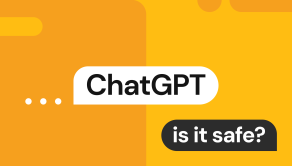
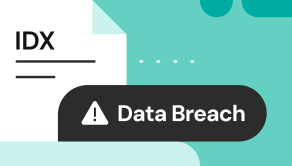

Mikalai is a Chief Technical Officer at Onerep. With a degree in Computer Science, he headed the developer team that automated the previously manual process of removing personal information from data brokers, making Onerep the industry’s first fully automated tool to bulk-remove unauthorized profiles from the internet.